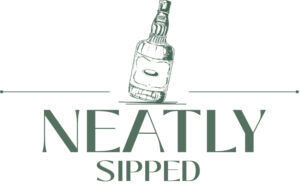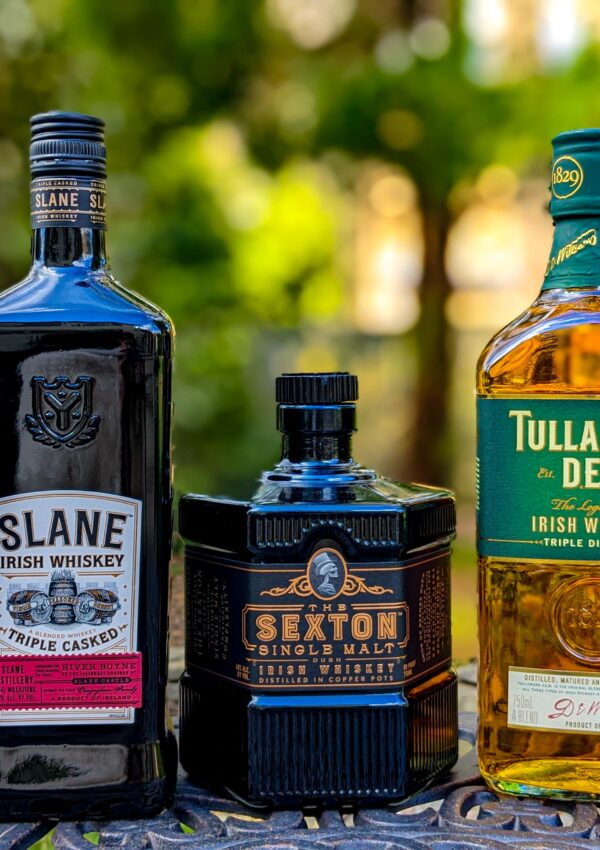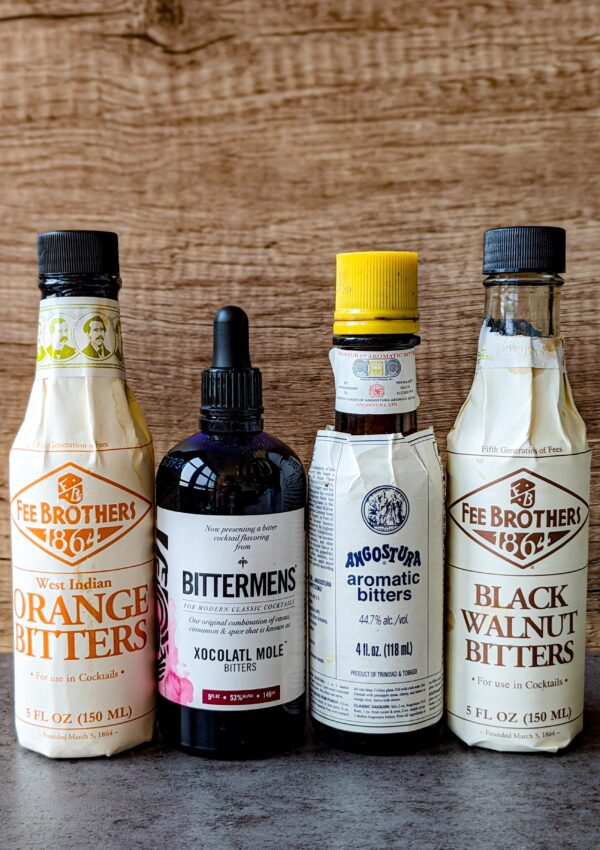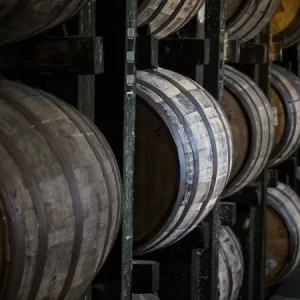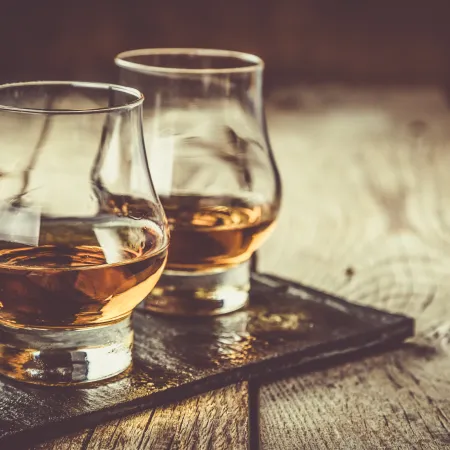
Not every bottle of brown liquor can grow up to be bourbon – even though many may try. While bourbon is in fact a type of whiskey, there are strict requirements for a whiskey to earn that fancy bourbon title. (And when we say “strict” we’re talking “legal definitions as defined by the United States Congress” kind of strict). So if all bourbon is whiskey, but not all whiskey is bourbon, then what exactly makes bourbon, bourbon?
Well, according to Title 27 of the US Code of Federal Regulations (CFR) and a Congressional declaration in 1964, there are six hoops for a whiskey to jump through in order to be called bourbon.
1. Produced in the U.S. of A.
Bourbon was certainly invented in the United States, but up until 1964 there was nothing stopping other countries from producing “bourbon.” But on May 4, 1964, Congress passed a resolution declaring bourbon to be “a distinctive product of the United States that is unlike other types of alcoholic beverages, whether foreign or domestic.” The resolution was a reaction to the growing demand for bourbon and its impact on the global economy. In other words, America was not about to miss out on all that international coin and decided to trademark bourbon for themselves. No matter the intent, this resolution means any legal bourbon must be fully made within the United States. It does not, however, stipulate that the bourbon must come specifically from Kentucky. This common misconception is a popular mistake simply because most bourbon does come from Kentucky – not because it must.
2. Made from at least 51% corn
If you’re drinking whiskey of any kind, then you’re drinking some type of fermented grain. There’s no getting around that one. However, the types of grains used, the quality of the grains, and the combination are what create a specific type or brand of whiskey. In order to be bourbon though, that combination of fermented grains has to be at least 51% corn. But that requirement still leaves plenty of wiggle room. For example, there are no stipulations on the type of corn or the maximum amount used. In fact, most bourbon distilleries will choose a much higher percentage of corn, since corn is what delivers that signature sweetness to bourbon.
3. Aged in a new, charred oak container
The barrel and subsequent aging process are responsible for about 70% of a bourbon’s final taste. So needless to say, it’s kind of important to get right. Funnily enough, bourbon doesn’t actually have to be put into a barrel – just an oak “container.” It’s a fun loophole that absolutely no one takes advantage of because barrels really are the perfect container. Almost all whiskies are made in barrels, but unlike other whiskies, bourbon can only touch a brand new barrel. It’s high-maintenance like that. A new barrel ensures that no other additives can be mixed in and gives the bourbon a fresh flavor start.
The new barrel stipulation may be very intentional, but the oak container is a bit of a happy accident. When settlers in Kentucky first started making bourbon, they happened to be surrounded by a lot of American White Oak trees. Not ones to waste resources, the pioneers then decided that white oak would be the perfect wood for their bourbon barrels. Little did they realize how smart that decision was. For starters, oak is a softer wood which made barrel-making all the easier. It also has a tight grain, which helped with water-proofing from the outside and a slow steep on the inside. White oak in particular is also incredibly neutral, meaning it won’t bring any crazy flavors to the party, but just help bring out bourbon’s flavor.
The charring process is there simply to move things along. Charring uses high heat to burn the oak and essentially release the wood sugars. This way, the bourbon has an easier time getting hold of the sweet and woody notes from the barrel during aging.
4. Distilled at 160 proof or lower
At the end of the distilling process, bourbon can at maximum only be 160 proof. Of course, anything below 160 proof is welcome, but not a drop higher. The high proof helps ensure that the product will be able to retain all of the grain notes it worked so hard to collect before it hits the barrel.
5. Put into the container at 125 proof or lower
The proof requirements don’t just stop at distilling. As it’s put into barrels for aging, bourbon must be 125 proof or lower. The correct proof under 125, though, is completely up to the distillery.
6. Free from any added substances
Bourbon lawmakers are purists at heart. When you crack open a bottle of bourbon, you can be sure that all you’re tasting is grain, yeast, water, and wood. The same cannot necessarily be guaranteed with other whiskies. While Irish Whiskey and Scotch allow caramel coloring to be added, Canadian Whiskey approves the addition of any other flavor under the sun. With bourbon though, the only added substance allowed is water to help cut the final proof for bottling.
It may take a lot of work to become bourbon, but those high standards are exactly what make bourbon so distinctively delicious.
